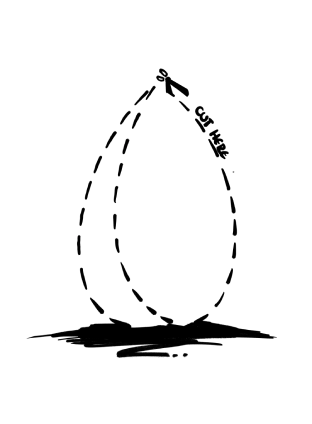Uruguay, the world’s pioneering country to legalize adult-use marijuana in 2013, began its sales four years later in 2017. Over the course of six years, pharmacies sold 10.7 million grams of marijuana.
On the occasion of the sixth anniversary since Uruguay started selling adult-use marijuana, the Institute for Regulation and Control of Cannabis released data on the sale of marijuana in pharmacies last week.
Pharmacies in Uruguay have sold 10,693,210 grams of marijuana between July 19, 2017, and July 19, 2023, according to the IRCCA, the agency responsible for monitoring both medical and adult-use marijuana in the South American country.
Hace exactamente seis años se terminó de implementar el acceso al cannabis de uso adulto con la incorporación de tercera vía, la de venta en farmacias que se sumó a la de cultivos domésticos y clubes de membresía. pic.twitter.com/ajDfwrXRv7
— IRCCAuruguay (@IRCCAuruguay) July 19, 2023
Currently, 61,509 registered individuals are eligible to access pharmacies for marijuana purchases. Moreover, there are three companies producing cannabis, and the sale of marijuana is authorized in 37 pharmacies distributed across ten departments throughout the country.
Moreover, there are presently 14,592 registered users for domestic cultivation and 10,486 members of cannabis clubs across 306 clubs.
The anniversary of the legalization of marijuana sales in Uruguay not only provides insights but also serves as a starting point to discuss the current status of legalization in the country today.
Uruguay adopted a distinctive approach in legalizing marijuana, setting it apart from the formulas used in U.S. states and Canada.
In 2013, under the leadership of former President José Mujica, Uruguay became the first country in the world to legalize marijuana.
The legalization included the home growing of up to six plants, the establishment of cannabis clubs, and the creation of IRCCA.
However, only in 2017, after a significant delay, three companies were selected through a government tender process to supply marijuana to authorized pharmacies and start the sale of marijuana.
Unlike the free-market approach in the legal marijuana states of the U.S. and Canada, the sale of marijuana in Uruguay is strictly state-controlled.
There are three ways to access marijuana: home cultivation, cannabis clubs, and pharmacies.
While cannabis clubs in Uruguay must have between 15 and 45 members and are allowed to cultivate a maximum of 99 female psychoactive cannabis plants per club with a production limited to 480 grams per year per member, marijuana consumers can buy up to 10 grams per week from pharmacies at the government fixed price. However, they must register with their fingerprints to ensure compliance with the weekly quota at the point of sale.
What is interesting is that both adult-use and medical marijuana were regulated simultaneously in Uruguay without making a clear distinction for their use, which is uncommon internationally. Typically, countries first regulate medical marijuana and then recreational marijuana.
However, specific regulations were introduced for medical marijuana use in 2015, and the national government proposed a new legal framework for the medicinal cannabis industry in 2021. Meanwhile, the medical marijuana industry in the country experienced significant growth and evolved into a hub for the export of medicinal marijuana, contributing to the industry’s expansion worldwide.
However, the heavily regulated adult-use marijuana market has highlighted some weaknesses in Uruguay’s legalization approach.
Concerning recreational marijuana use, only 27% of Uruguayan consumers purchase marijuana through approved channels. But this figure reaches 39% when taking into account sharing with friends, according to the IRCCA.
One of the reasons that strongly affects the low legal consumption is the relatively low THC content of the cannabis flowers available in pharmacies. Another factor to consider is the shortage of stock. Registered users are required to reserve a time slot to purchase cannabis flowers from pharmacies due to the insufficient supply to meet the demand.
Pharmacies offer three available strains. Alpha is an Indica-dominant hybrid with up to 9% THC and at least 3% CBD. Beta has the same THC and CBD percentages but is a sativa-dominant hybrid. The recently released Gamma is also an Indica-dominant hybrid strain with less than 1% CBD and up to 15% THC.
Therefore, due to the limited availability of marijuana strains, ease of access, product variety, and anonymity, the illegal market remains the primary method of purchasing cannabis.
Source: Dario Sabaghi – forbes.com
Image: unsplash.com

